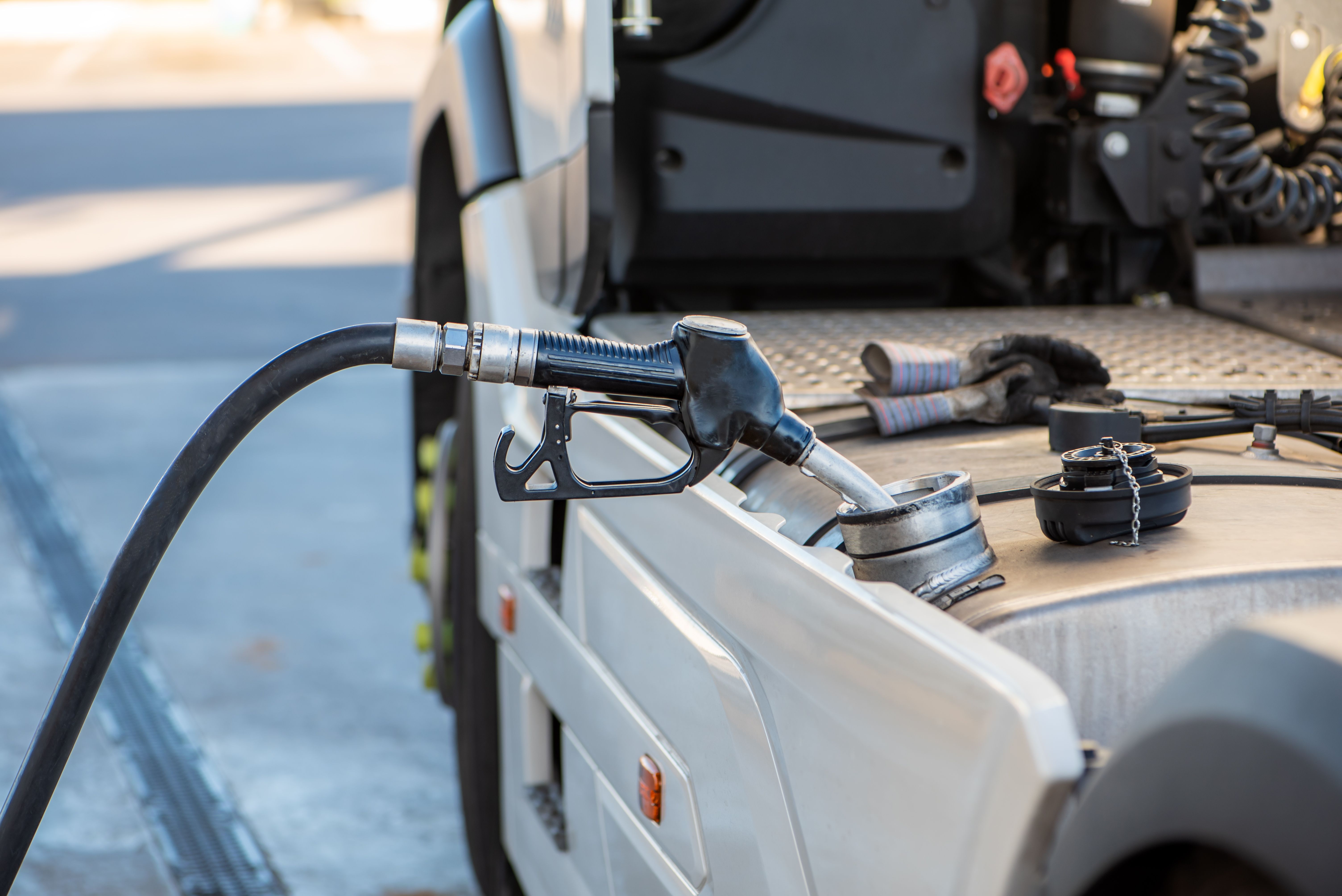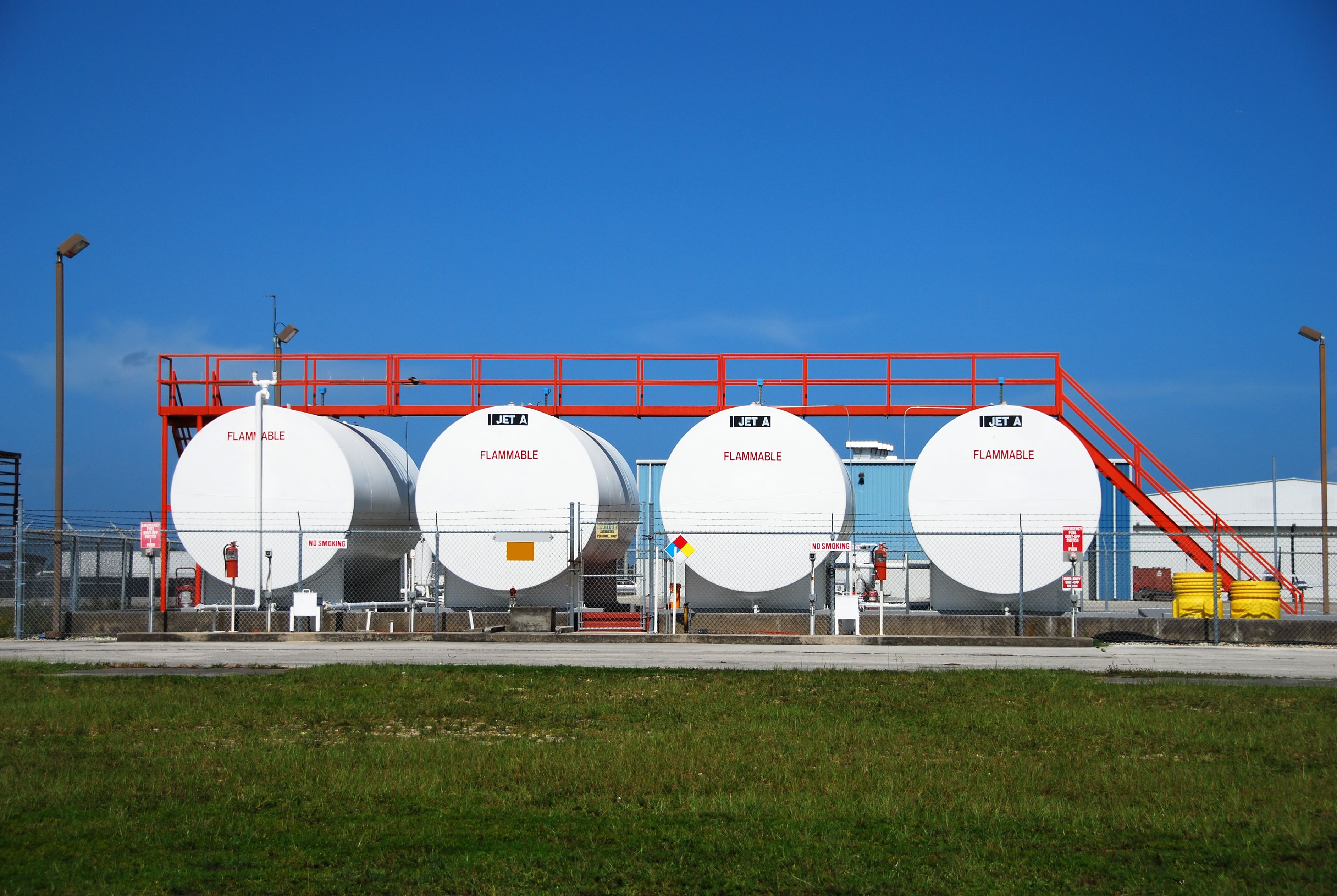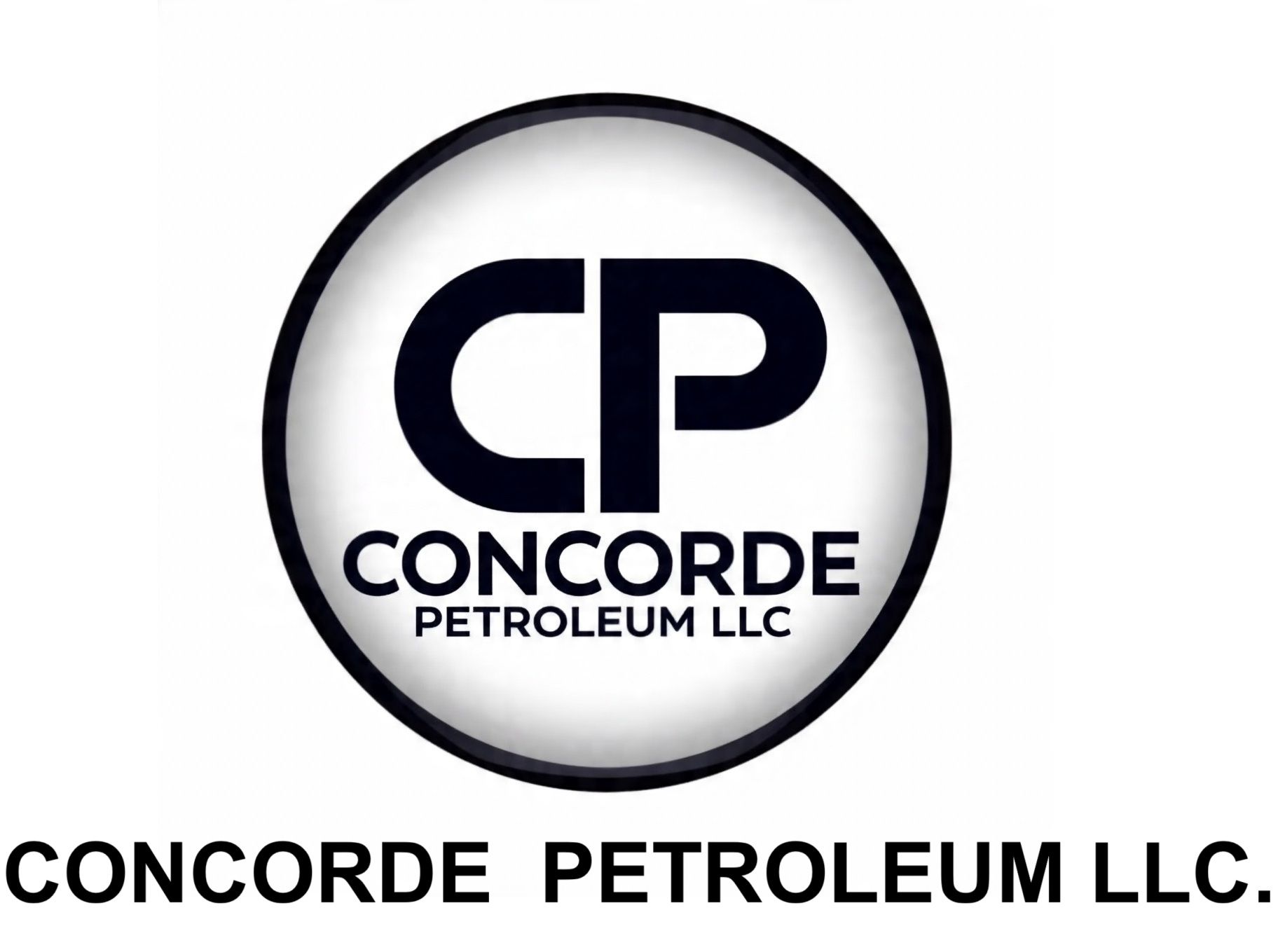Diesel Fuels Compared: EN590 vs. Jet A1
Understanding Diesel Fuels: EN590 vs. Jet A1
When it comes to diesel fuels, two of the most commonly discussed types are EN590 and Jet A1. Both serve specific purposes and are formulated to meet different requirements. Understanding the differences between these fuels can help in making informed decisions depending on your needs.

What is EN590?
EN590 is the European standard for diesel fuel, designed to ensure high performance and reduced emissions. This fuel is primarily used in road vehicles, such as cars and trucks, and is engineered to comply with stringent emissions regulations. EN590 diesel is known for its ultra-low sulfur content, which helps in reducing the environmental impact of diesel engines.
The formulation of EN590 includes the addition of specific additives that enhance the fuel's lubrication properties and improve engine efficiency. This makes it an ideal choice for everyday vehicles that require reliable and consistent performance.
Exploring Jet A1
In contrast, Jet A1 is a type of aviation fuel used primarily in jet engines. It has a higher energy density compared to EN590, which makes it suitable for long-haul flights. Jet A1 is characterized by its low freezing point, ensuring it remains fluid at the high altitudes where aircraft operate.

Jet A1 also contains additives that prevent static charge build-up and minimize the risk of icing, which are crucial for maintaining safety in aviation operations. The meticulous refinement process it undergoes ensures that it meets the rigorous standards required for aviation fuels.
Key Differences Between EN590 and Jet A1
While both EN590 and Jet A1 are forms of diesel fuel, their applications and formulations differ significantly. The primary differences include:
- Application: EN590 is used for road vehicles, while Jet A1 is used in aircraft.
- Sulfur Content: EN590 has ultra-low sulfur content, whereas Jet A1 may have slightly higher sulfur levels.
- Freezing Point: Jet A1 is designed to withstand extreme temperatures at high altitudes, unlike EN590.
Choosing the Right Fuel
The choice between EN590 and Jet A1 largely depends on the intended use. For road vehicles, especially in regions where environmental regulations are strict, EN590 is the preferred choice due to its low emissions profile. Meanwhile, for aviation purposes, Jet A1 is indispensable due to its energy density and low freezing point.
Both fuels play vital roles in their respective sectors. Understanding the specific requirements of your vehicle or machinery will guide you in selecting the appropriate fuel type.
Conclusion
In summary, EN590 and Jet A1 serve distinct purposes and are tailored to meet the demands of different engines. Whether you're operating a fleet of trucks or piloting an aircraft, knowing the characteristics of these fuels can significantly impact performance and efficiency. Always ensure that you are using the right type of fuel to maximize your vehicle's capabilities while adhering to environmental standards.
